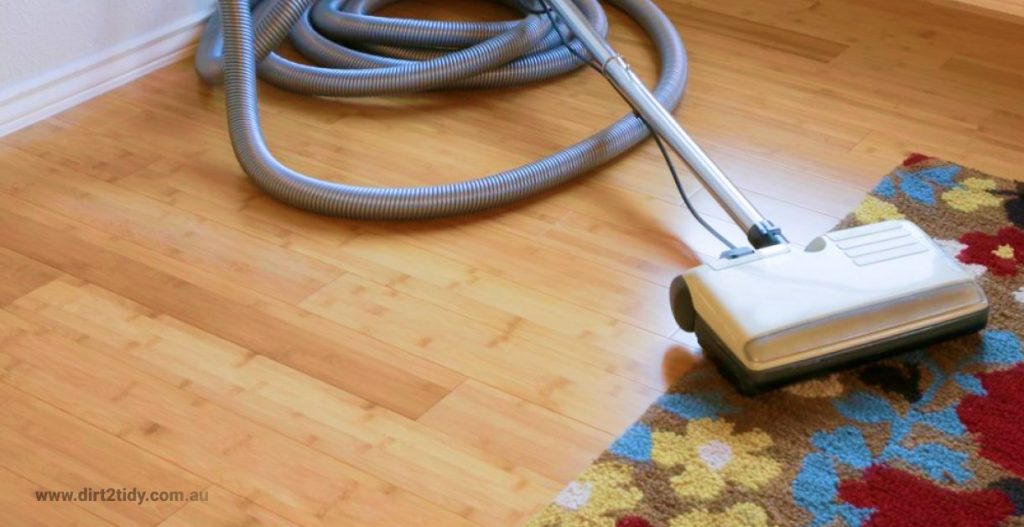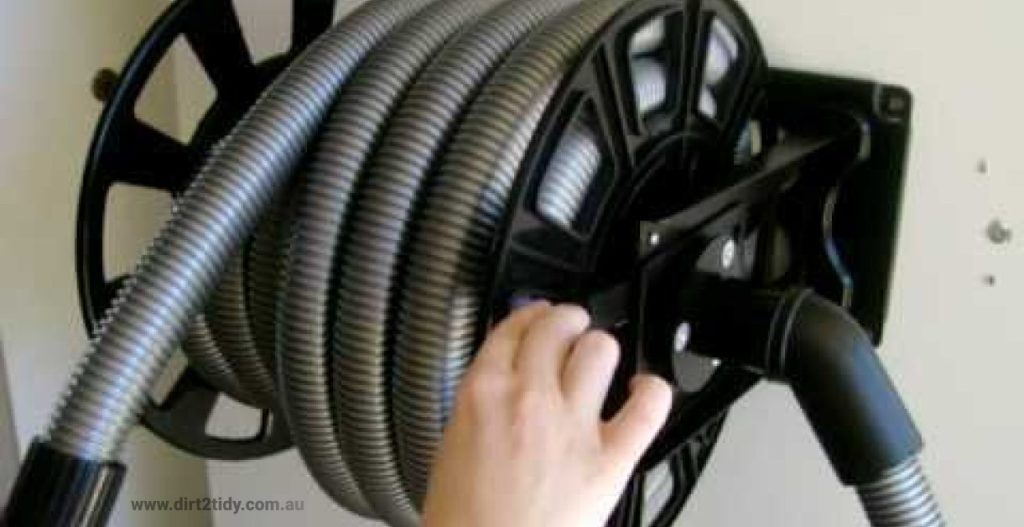Table of Contents
Whether you’ve moved into a home that already has a central vacuum system, are thinking about installing one, or simply want to learn more about how a central vacuum works, this overview should help you better understand it and make the most of this versatile system to keep your home in pristine condition from room to room.
Central Vacuum System Overview
The location of the central vacuum wall inlets
Your central vacuum system should have vacuum inlets strategically placed around the home for connecting the hose outside bedrooms, near the kitchen and garage entrance, and at the foot of the stairs.
The Initial Steps
Plug the hose into the required central vacuum inlet, connect the cleaning attachments to the hose’s end, and suction as needed before moving the central vacuum line to another inlet in the home.
Assume one of your inlets has a retractable lightweight hose, like the Hide-A-Hose. In such a case, remove the inlet cover, take out the necessary length of hose, engage the lock around the hose’s base inside the inlet, connect the cleaning tool, turn it on, and clean.

Vacuum Cleaning Hints
Hardwood Floor Cleaning
A central vacuum system makes it simple to keep your hardwood, tile, and other hard flooring surfaces clean. Use a soft-bristled brush in combination with a wide brush to sweep away dust, dog hair, and other objects that may harm your flooring. It may also be used to clean filth from grouted or grooved flooring.
There are several hard floor attachments and accessories available to meet a variety of cleaning tasks, including some that can mop and vacuum at the same time!
Carpet Cleaning
A beater brush, which employs spinning bristles to separate the fibres, is the best technique to clean carpeted surfaces. At the same time, the deep suction of the central vacuum removes imbedded particles not like a portable vacuum.
The bristle action then grabs hairs and other items that may be sticking to the surface. Brushes pushed by air and brushes propelled by electricity are also available. Depending on your vacuum system, electric-powered vacuum brushes are normally suggested for cleaning carpets.
Simply connect an air-driven beater brush to the wand’s end and activate the suction. The vacuum’s air pulls the brush via a turbine. To utilise an electric power brush, you’ll need an electric hose connected to an electrical outlet or an electrified central vacuum intake.

To operate the electric brush in this way, the hose has three switches: one for off, one for air suction alone, and one for electric brush and air suction combined.
Different Surfaces
As with many cleaning activities, we suggest beginning with the highest surfaces first, such as drapes and window sills, then working your way down to the furniture, worktops, and bedding.
Using a delicate dusting brush on the end of a wand will make this job simpler (or two wands linked for added length). If you use a dusting brush and one or more wands, you can clean the baseboards without leaning down.
To clean practically every surface in your house, crevice brushes, lint brushes, specialist wands for hard-to-reach areas, and other attachments and speciality equipment are available.
For ease of usage, they all connect to the end of the hose or extension wand. While in use, give them a 10-degree twist to prevent them from detaching unexpectedly.
Quick Cleaning Suggestions
Other specialty inlets, such as a VacPan, may be installed in your home’s baseboard, utility room or behind a cabinet. These are great for conducting a quick sweep and making sure that any dust is properly disposed of.
Simply sweep your toe over the foot lever, and it will begin collecting anything you sweep in its direction. This is an excellent replacement for a dustpan!
Some systems, such as the WallyFlex, additionally feature an auxiliary stretch hose in places such as the laundry room, bathroom, or kitchen. These are great for quick clean-ups that don’t need the use of the main hose.
Grooming a Dog and Pet Hair
Finally, there are the household pets! there are pet vacuum attachments that are safe and easy to use, whether you’re looking for a dog vacuum or the best option for dealing with pet hair. These are a must-have for every dog owner, particularly those with shedding dogs like huskies.

Hose and Storage Management
Hoses left on the floor or in the vacuum cleaner are more likely to be damaged than hoses hanging up correctly after use. As a result, we suggest storing vacuum hoses with a wire hose hanger. Unplug both ends of the hose, then make four or five loops on the floor before storing it neatly with the hose hanger.
Attachment tools may be kept in a number of locations. A wand wall clamp and a mesh caddy, for example, might be used to securely store hose attachments and accessories.
Using a Retractable Vacuum Hose
Some current central vacuum systems, such as Hide-A-Hose, incorporate hose-management inlets with retractable hoses that are stored within the internal vacuum pipe of the wall.
Remove the valve lever from the inlet base while the vacuum is still running, put your hand over the end of the hose, and it will retract back into the piping system.





